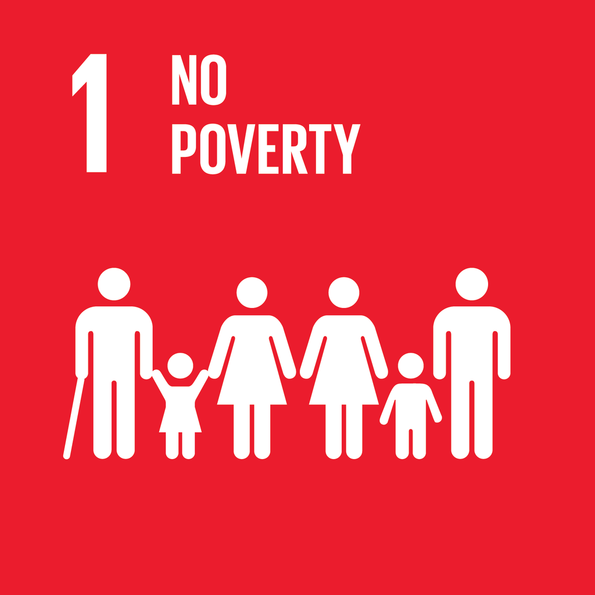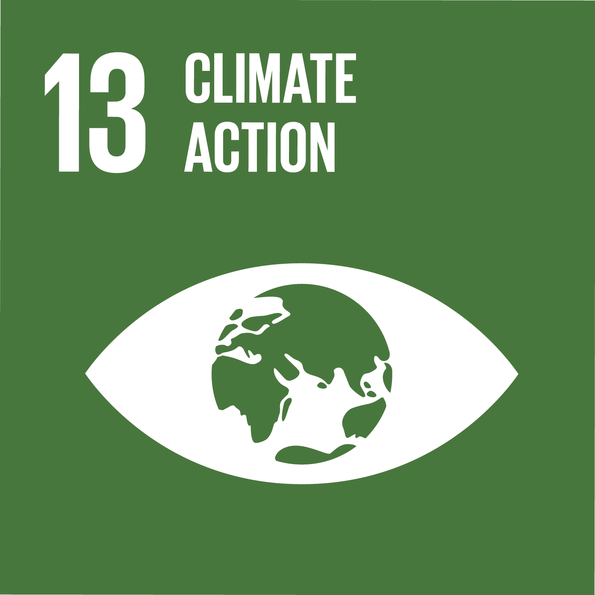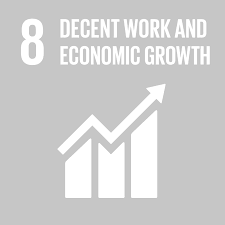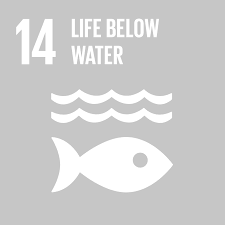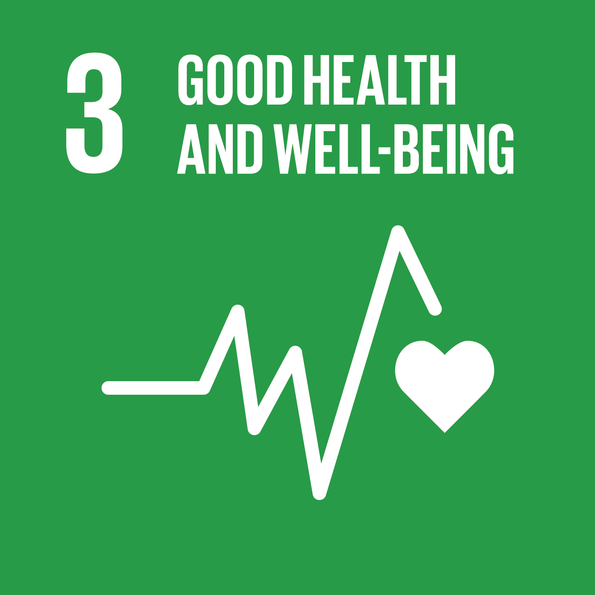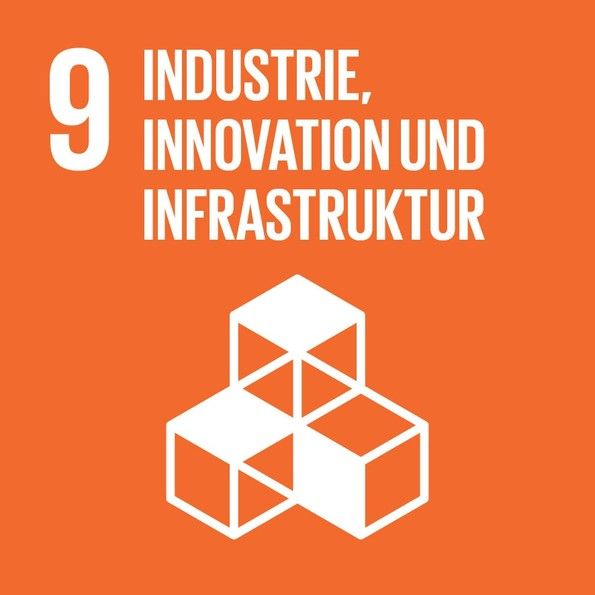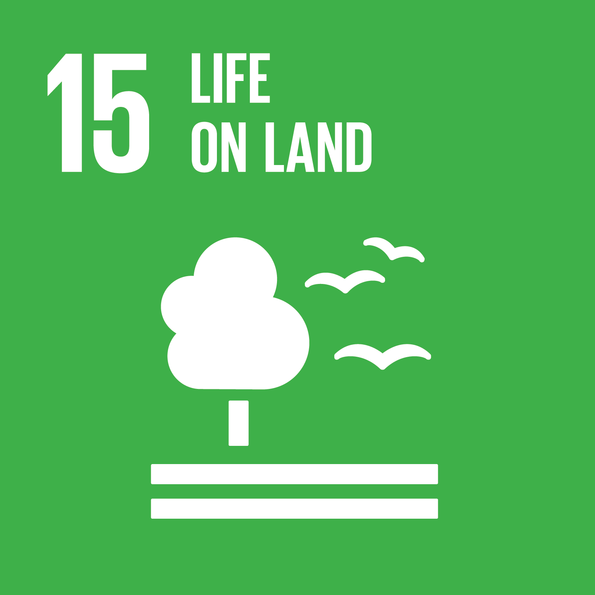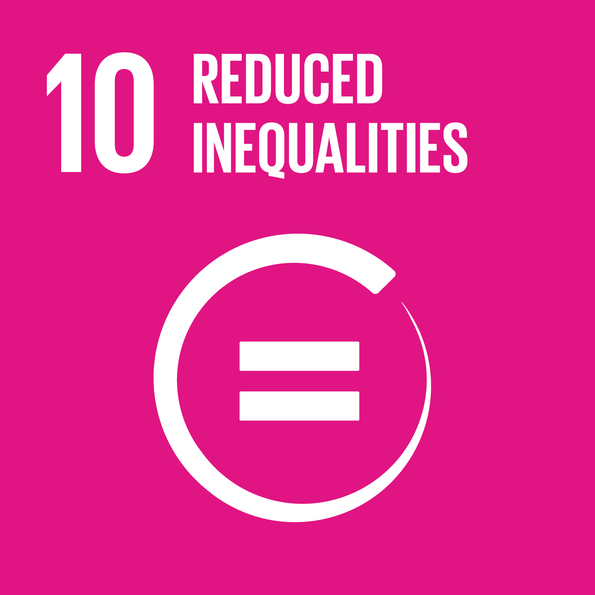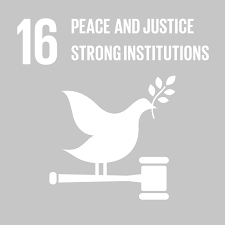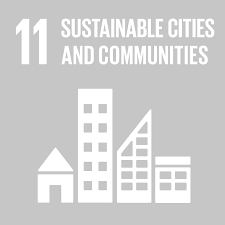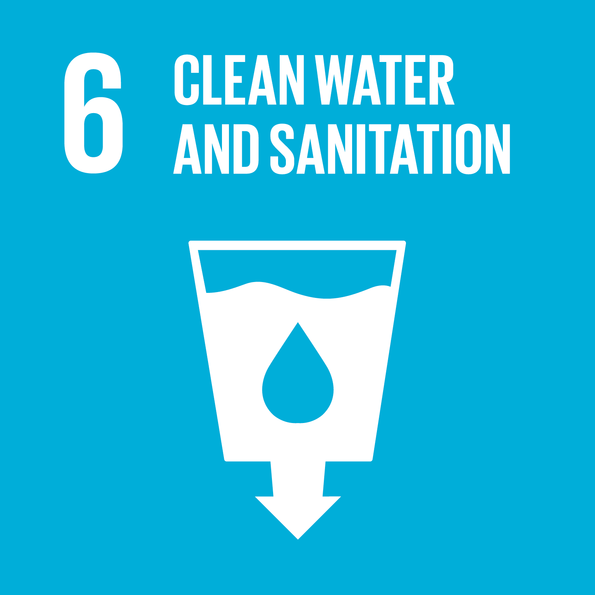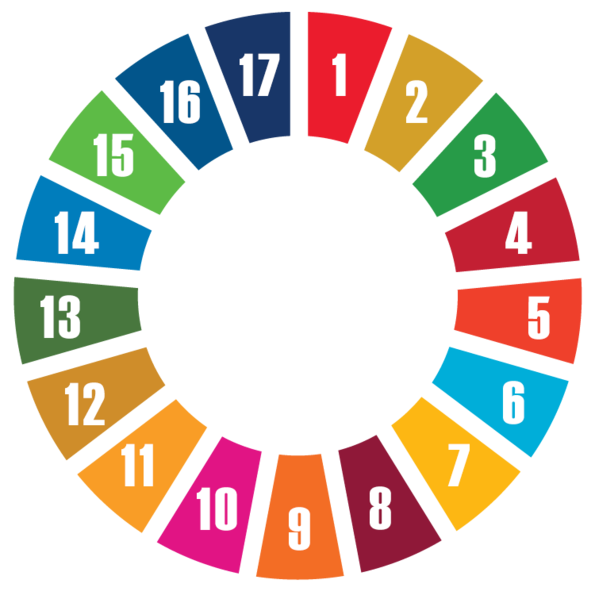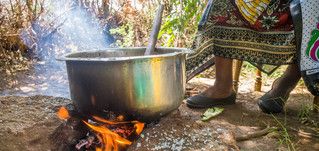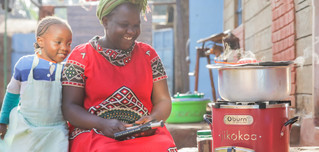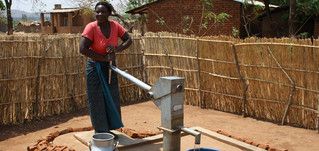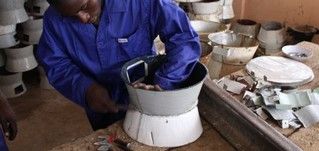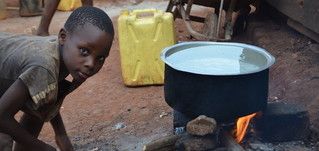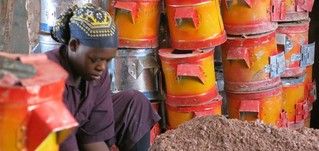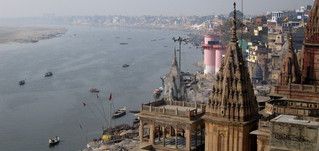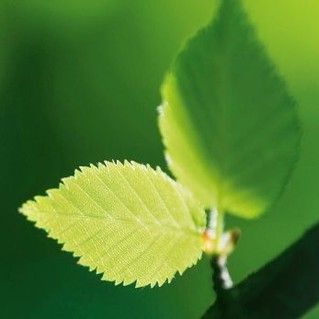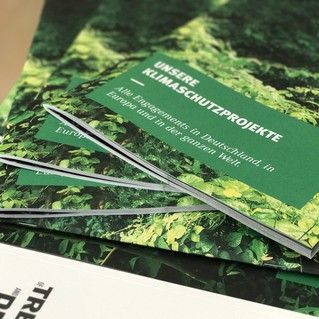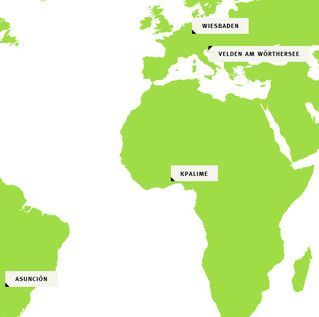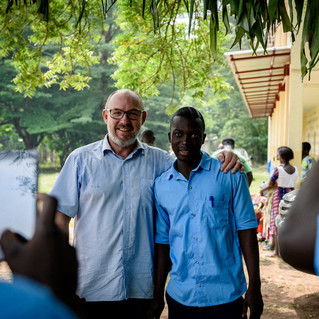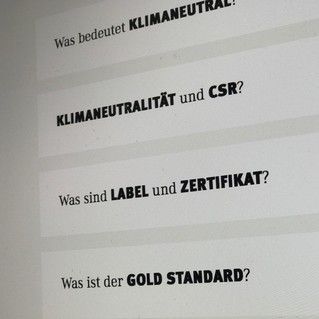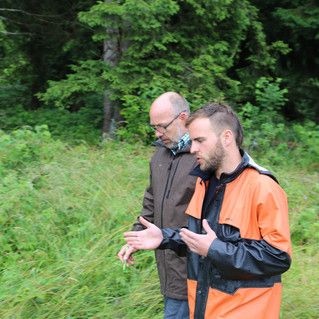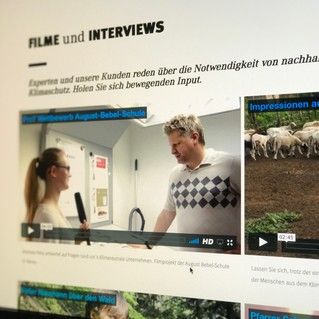Nyagatare safe water project
Improved living conditions through
clean water
Nyagatare, RWANDA*
The Nyagatare Safe Water Project is dedicated to the renovation of defective wells in rural Rwanda. As simple as this endeavor may be, it requires a dedicated team and continuous monitoring of the wells that are currently available in the region.
In addition to providing clean water through a functioning water fountain, there are significant positive side effects. The population is currently fetching water from open ponds and streams. This means longer ways to collect water and exposure to bacteria. For this reason, the water must be boiled before it is used. Cooking takes place on open stone fires, in which the wood collected is burned inefficiently, which leads to high CO2 emissions.
The smoke also irritates the lungs and eyes. The Nyagatare Safe Water Project provides people with clean water, which has an overall positive impact on health and the environment.
The Nyagatare region is located in northeastern Rwanda. Its topography is characterized by a large number of hills. Here soil erosion leads to considerable water loss. Nyagatare is also the largest and district in the country.
The area has higher temperatures than other parts of the country and also lower rainfall, which leads to drought at regular intervals. The monthly distribution of rainfall varies annually. The rains are both too weak and too unpredictable to meet the needs of agriculture (rice, corn) and livestock (cattle). The very limited hydrographic network offers only a few water resources that can be used by the population. The
weak river network is a serious obstacle to meet the water needs of humans and animals.
*RWANDA
Great challenges for people are already being caused by the consequences of climate change
Climate change is already a major challenge for the people of Rwanda. A clearly recognizable trend towards warming and strongly changed precipitation patterns are not without consequences for the people and agriculture of the populous state in East Africa.
Rwanda is an East African hotspot when it comes to climate change. Previous observations have shown significant regional climate changes, particularly in the spatial and temporal distribution of precipitation. The climate is influenced by hiking in the inner-tropical convergence zone, with two rainy seasons per year. The large "itumba" from February to May and the small "umuhindo" from September to November. Since Rwanda is exposed to very different conditions from region to region due to its very special topography, the effects of climate change in the different areas are also very different.
As a direct result of climate change, the fifth assessment report by the Intergovernmental Panel on Climate Change (iPCC) predicts an average temperature increase of one to three degrees Celsius by 2050 and three to five degrees Celsius by 2100. The number of relatively cold days continues to decrease and that of relatively warm days increases. The report also predicts a mean increase in annual precipitation between December and February of each year for the north and west of Rwanda. At the same time, however, long periods of drought are increasing in eastern Rwanda. The topography of Rwanda with its steep slopes and the change in land and land use due to the high population density in connection with climate change are likely to lead to increased flood events in the future.
Rwanda's population is growing very quickly, as in almost all African countries. Natural resources are limited due to the rather small area. Increasing environmental problems are the result. Intensive agricultural use and erosion are destroying more and more soils, which shrink agricultural areas. Droughts and heavy rain events intensify this problem in rural areas in particular. The consequences of climate change also affect the country's water sources, such as lakes and rivers. This can have consequences for the availability of water for people in the capital, Kigali, where it is already difficult to provide the population with sufficient drinking water.
The Rwandan government has recognized the problem and is supporting terracing and resource conservation programs. The government is also focusing on containing uncontrolled deforestation and protecting forests.


